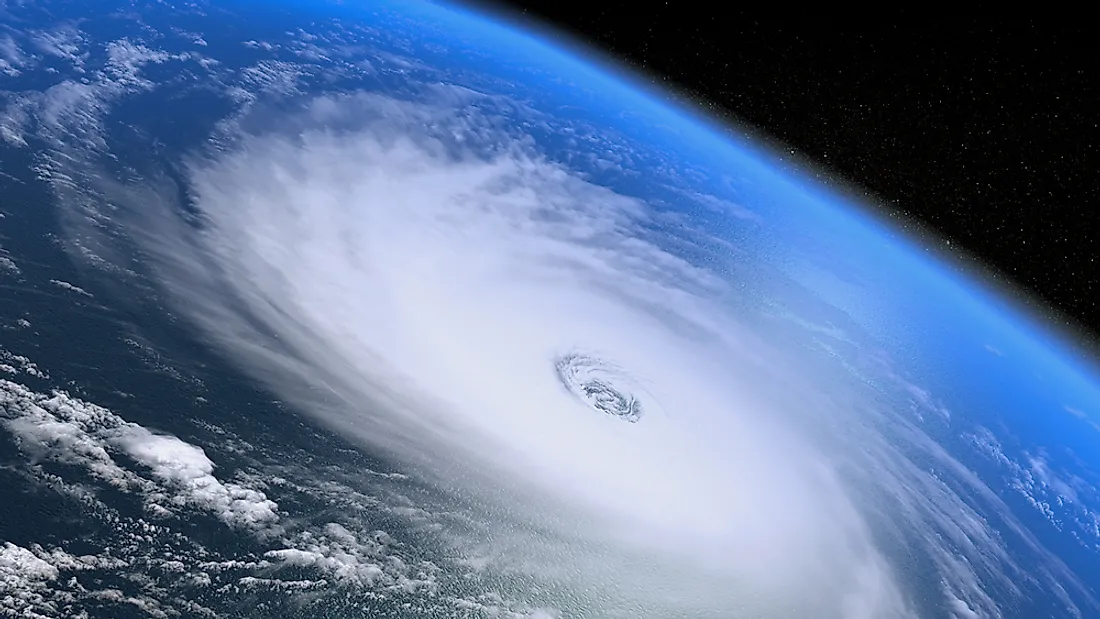Where Do Most Hurricanes Occur?

A hurricane is a tropical cyclone which forms over subtropical and tropical waters. It is a fast revolving storm that features strong winds, a low-pressure center, and a closed low-level atmospheric movement. Depending on its strength and location, the same storm can be called numerous names including a cyclone, typhoon, or hurricane. A tropical storm is a hurricane if it occurs in the Atlantic Ocean, the Caribbean Sea, or the central/northeastern Pacific Ocean.
Where Do Hurricanes Occur?
Hurricanes form in about five distinct basins on earth. Some of these basins are more active than others. The Pacific Ocean is particularly active with the Philippines experiencing over twenty typhoons and tropical storms in some years.
Hurricanes are not restricted to just the eastern Pacific and the North Atlantic; they also occur in other places where they are known as the tropical cyclone (South Atlantic Ocean, Indian Ocean) or Typhoons (Western Pacific Ocean). The chances of a hurricane forming in South Atlantic are quite rare, and the only one that has ever occurred in this region was Hurricane Catarina back in 2004.
Hurricane Formation Basins
1) Atlantic
The hurricane season in the Atlantic Basin begins on June 1 and ends on November 30, although some storms can occur outside these dates. During the peak season, hurricanes form in the Caribbean Sea, Gulf of Mexico and the Atlantic Ocean. The most active period in the Atlantic starts from mid-August all through to late October. Some of the countries affected include Bermuda, eastern Canada, the Eastern coasts of the United States, and Central America (eastern Mexico).
2) Eastern Pacific
The Eastern Pacific hurricane season begins on May 15th and ends in November. The most active period occurs in early September or late August. The Eastern Pacific is the second most active area on earth for tropical cyclones. The hurricanes form on the northeastern Pacific and then move to the open Eastern Pacific. They can also affect southern Baja and western Mexico. At times after developing the storm can move towards the western side and end up affecting Hawaii.
Other Hurricane Basins
In the Western Pacific, the hurricane season begins on July 1st and peaks in early September or early August. It ends in November. In the South Pacific, it lasts from mid-October to mid-May, and reaches its peak in early March or late February. In the northern Indian Ocean, the season lasts from the beginning of April to the end of December. In the southern parts of the Indian Ocean it starts in mid-October and ends in May.
A hurricane in Eastern Pacific will affect the western coast of Mexico and Hawaii while the storm from the West Pacific is highly likely to hit Southern Asia, China, and Japan. The Asian nations along the Indian Subcontinent are also prone to storms from the Indian Ocean, with the Bay of Bengal being a hotspot for cyclonic storms. A tropical cyclone from the southwestern Indian Ocean can affect Madagascar and all the other nations along the eastern coast of Africa while the one from the southeastern Indian Ocean will hit Australia.











